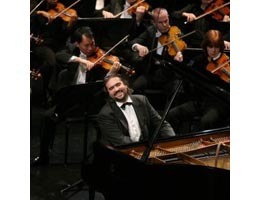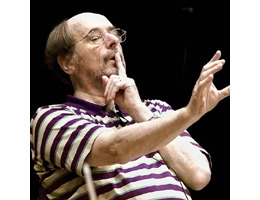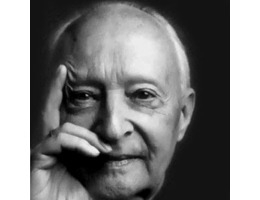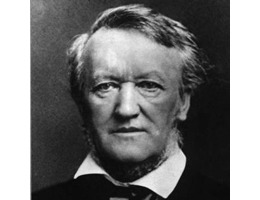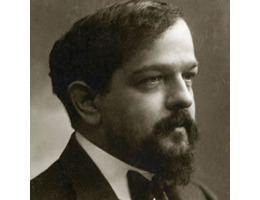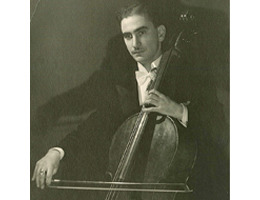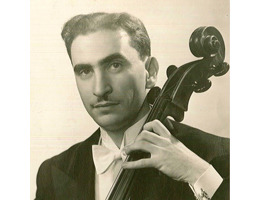We professionals rarely, if ever read through music for fun. We are too busy preparing music. I avoid sight-reading, if I can. I am a professional musician after all! I take pride in preparation, precision and perfection. I delve beyond
Blogs
Mass in D major, Op. 123, “Missa Solemnis” (Philharmonic Symphony, Walter) (1948) ‘Is this the greatest piece ever written?’ Such was the question fired at me by Sir Roger Norrington during our correspondence in preparation for the recent performance of
Dance Preludes When you’re asked to think of a twentieth-century composer who uses imaginative textures and sounds, who do you think of? Ravel? Boulez? What about folk melodies – who springs to mind then? Bartok, or maybe Vaughan-Williams? And an
I spent much of last year studying Wagner’s great tetralogy of music dramas, The Ring of the Nibelung. If anyone hasn’t done so, I would heartily recommend it – simply to list the number of things I found fascinating about
With the start of a new year, it is always good to summarise the highlights of the previous one and reflect on ways to make the very most of the one to come. The year 2012 has been busy. We
The music of Claude Debussy is evocative. One cannot help but be transported by his subtle shadings of tone color, delicate instrumentations and shimmering melodies. A master at the piano and of orchestration, his name is linked with Impressionism although
Max Bruch Kol Nidrei, Op.47 Israel Philharmonic Orchestra / Daniel Barenboim Jacqueline Du Pre After the Second World War, my parents escaped from their native Hungary to Munich. At that time refugees had to go to Munich in order to
It was early 2009 and I was searching for a way to distract my father and myself after the recent death of my mother. My father loved to “talk shop.” Little did I know that I would stumble upon an

